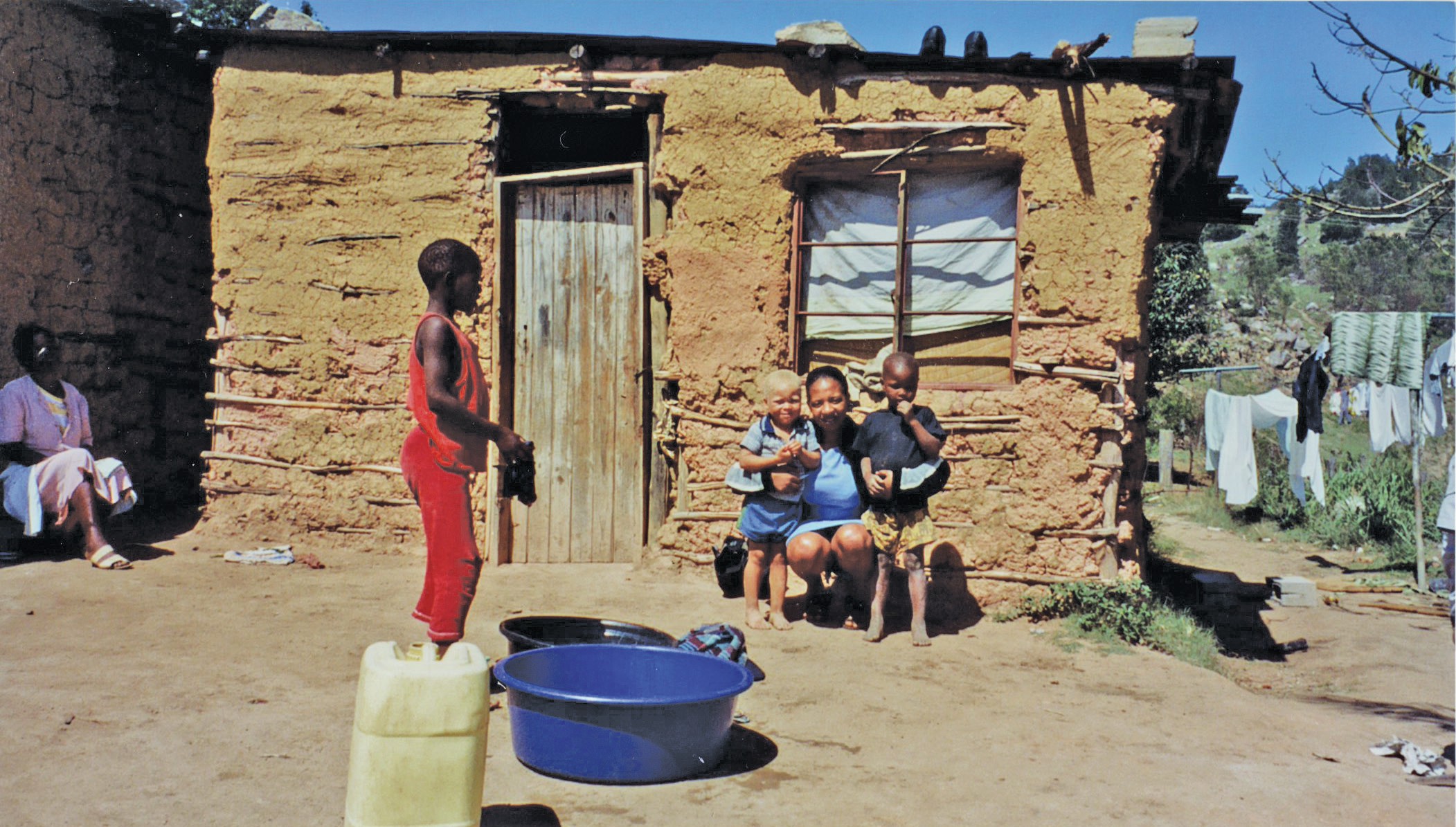
Poverty exists at different scales: within cities, within countries, and in different countries of the developing world. There are many causes of poverty and no simple answers. This article looks some of the causes of poverty in one country in southern Africa — Swaziland. It describes a relatively small-scale attempt to develop sustainable livelihoods through a social business model.
Swaziland is a small landlocked country that shares borders with South Africa and Mozambique (see Figure 1). It has a population of just 1 million. In 1997, at the last full census, 23% of the population lived in urban or peri-urban areas. Almost two-thirds of urban residents live in unplanned townships without access to basic sanitation services. The wellbeing of Swaziland’s population has declined in recent years and it slipped to a rank of 142 out of 177 countries in the 2009 human development index (HDI, see Inset 1). It is therefore classed as a middle-rank country in the HDI. However, 48% of the population are living below the food poverty line, unemployment is at 22% and only 53% have access to safe water.
Your organisation does not have access to this article.
Sign up today to give your students the edge they need to achieve their best grades with subject expertise
Subscribe




